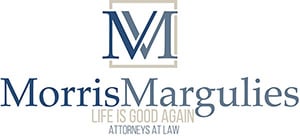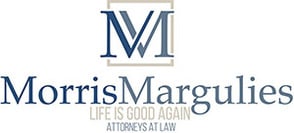The student loan debt crisis continues to have a major impact across the country, especially upon those graduates who as a result of having major medical bills besides the student loans, cannot afford to make their student loan payments. The Medical Bankruptcy Fairness Act of 2014 (S. 2471) was introduced in the Senate by Sen. Sheldon Whitehouse. Under the Act, people could discharge their student loans in bankruptcy if they spent at least $10,000.00 on medical bills (or had that much in medical debt). People in this category would be classified as “medically distressed” and would be able to discharge their student loans without having to prove to a bankruptcy judge that there was such a “certainty of hopelessness” that they could never repay the student loans.
According to a recent article in the Wall Street Journal, http://tinyurl.com/nbg6kvv, more than half the people who file for bankruptcy these days have enough medical debt to qualify for the student loan discharge. The average person who filed for bankruptcy last year had about $8,595.00 in medical debt, according to the Wall Street Journal. Also, about 30% of people who file for bankruptcy have both medical debt and student loans. Based upon the Wall Street Journal’s research, about 171,000 individual and couples who filed for bankruptcy last year would have had their student loans discharged if the Act was the law of the land.
Although the bill has some support, it is unlikely to become law at this point. I would encourage all those with an interest in this issue to call their Senator and let him or her know that you support S2471. Even if it does not pass this year, it remains another sign of the cracks appearing in the armor of student loan non-dischargeability in bankruptcy caused by the student loan crisis.
Until such time as the law changes, the best bet for many burdened by student loan debt that they cannot pay is bankruptcy, even though the loans cannot be discharged. For example, in a Chapter 13 bankruptcy, it is possible to stop administrative garnishments, lawsuits and collection activity resulting from student loan defaults, and get the student loans under control. With a Chapter 13 bankruptcy, one of the factors taken into consideration in how much the debtor will need to pay each month, is what is that person’s disposable income. For example, if your disposable income is only $200 per month, that may be all you would have to pay for the next five years. That will usually provide the debtor with a needed break until they get on their feet. If a Chapter 13 bankruptcy is not possible on your budget, a fresh start under Chapter 7 may also be a solution. By discharging the credit card and medical debts, you could up your budget to make the student loan payments.
A consultation with an experienced bankruptcy attorney is critical to determining whether these options could work for you. The attorneys at the law firm of Laura Margulies & Associates, LLC have assisted thousands of clients file for Chapter 13 and Chapter 7 bankruptcy. Please call us for a consultation today. To learn more about our firm visit our web site at www.law-margulies.com.

